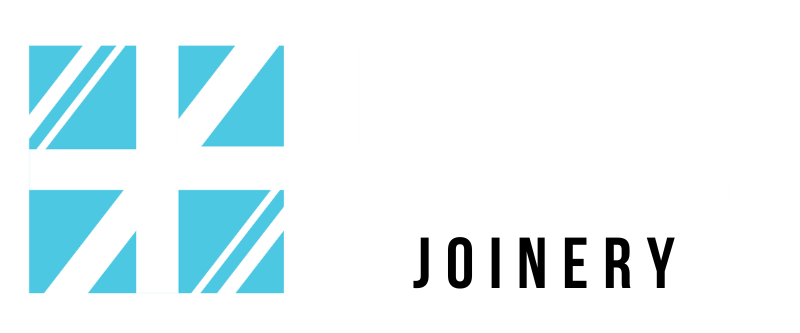LEAN-TO ROOFS WINDOWS
Lean-to roofs, also known as shed roofs or mono-pitched roofs, are a type of roof design commonly used in building construction. Here’s some information about lean-to roofs:
Definition and Design:
A lean-to roof is a single-sloped roof that is attached to an existing structure, such as a building or wall. It features a gentle slope that typically moves away from the main structure, allowing rainwater to drain easily. Lean-to roofs are simple in design, providing a cost-effective and functional solution for extending a building or creating additional covered space.
Function and Uses:
Lean-to roofs are versatile and can be used in both residential and commercial applications. They are often used for:
- Patio covers: Lean-to roofs can be attached to the back or side of a house to create a sheltered outdoor space, offering shade and protection from the weather.
- Carports: They can be used to create covered parking spaces, providing protection for vehicles from sun, rain, and snow.
- Storage areas: Lean-to roofs are ideal for creating additional storage space, such as garden sheds, tool storage, or equipment enclosures.
- Agricultural and industrial applications: These roofs are commonly used in barns, warehouses, or factories to provide covered storage or workspace.
Construction Materials:
Lean-to roofs can be made from a variety of materials, including wood, metal, or composite options. The choice of materials will depend on factors like design preferences, structural needs, budget, and local building codes.
Benefits:
Lean-to roofs offer several advantages, including:
- Cost-effective: They are typically less expensive to build than more complex roof designs.
- Easy integration: Lean-to roofs can be easily attached to existing structures, making them an ideal option for extending or modifying a building.
- Efficient drainage: The gentle slope ensures proper water drainage, reducing the risk of pooling or leaks.
- Versatility: Lean-to roofs can be adapted to suit various purposes and can be customized to meet specific needs, providing flexibility in design and functionality.


